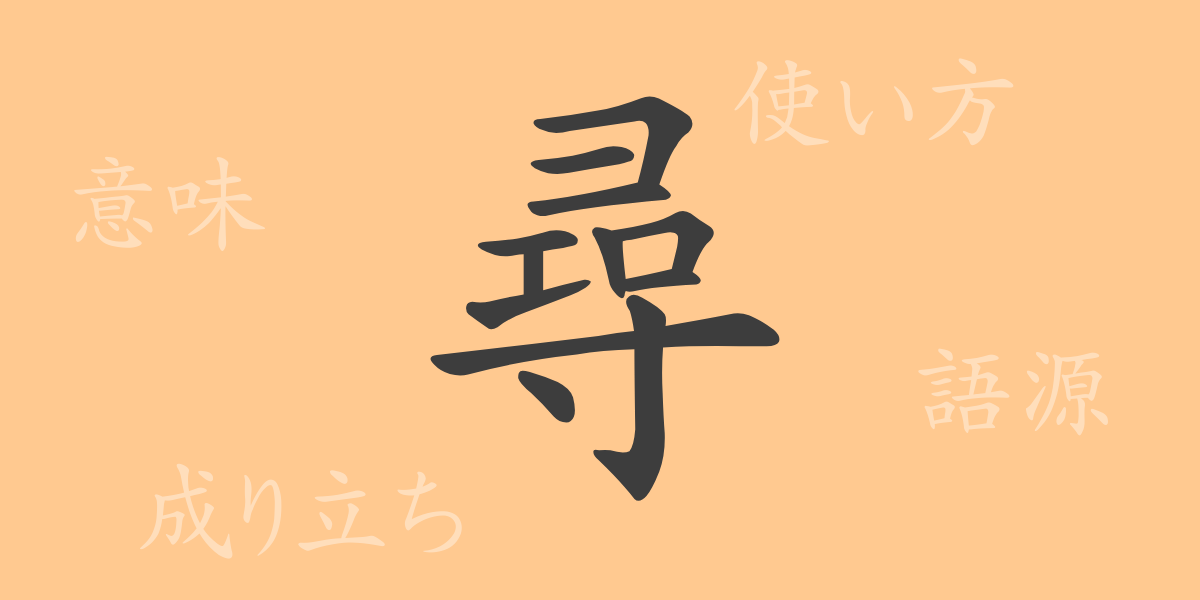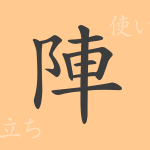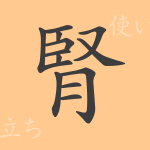Among the myriad of kanji used in the Japanese written language, each with its own history and meaning, ‘尋’ holds a unique place. Although it might not frequently appear in daily conversation, as a Jouyou kanji, its significance cannot be overlooked. This article explores the origins, meanings, usage, readings, and phrases associated with ‘尋’, delving into the allure of this character.
Origins of 尋 (しん)
The kanji ‘尋’ originated in ancient China and was later adopted in Japan. Initially, it represented the act of digging the earth, reflecting the action of searching and probing deeply. Over time, its meaning evolved to abstract concepts such as seeking or inquiring, making it applicable in various contexts.
Meaning and Usage of 尋
‘尋’ primarily means ‘to search’ or ‘to inquire.’ It also historically represents a measure of length, approximately 1.8 meters. Commonly, it is used when someone is searching for something or inquiring for information or knowledge.
Readings, Stroke Count, and Radical of 尋
The kanji ‘尋’ comes with essential details that define its structure:
- Readings: On’yomi ‘ジン’, Kun’yomi ‘たずねる’, ‘ひろ’
- Stroke Count: ‘尋’ consists of 12 strokes.
- Radical: The radical is 寸 (すんづくり).
Phrases and Idioms Using 尋
Several idioms and phrases incorporating ‘尋’ highlight its meanings of searching and inquiring:
- 尋ね人(たずねびと): Searching for a missing person or someone one wishes to meet.
- 尋常(じんじょう): Meaning ordinary or commonplace.
- 尋問(じんもん): Thoroughly questioning or interrogating.
- 尋ね歩く(たずねあるく): Visiting and inquiring at many places or from many people.
Conclusion on 尋
The kanji ‘尋’, with its evolution from a literal to a more abstract meaning, occupies a special place in the Japanese lexicon. Symbolic of curiosity and the quest for knowledge, understanding ‘尋’ not only deepens one’s grasp of the language but also connects us to the cultural and historical underpinnings of the words we use. Through ‘尋’, we gain access to the rich tapestry of language and culture that shapes communication in Japan.

























